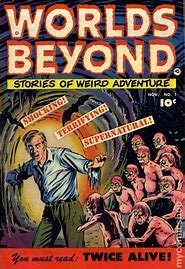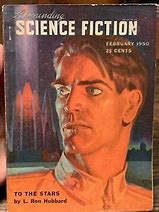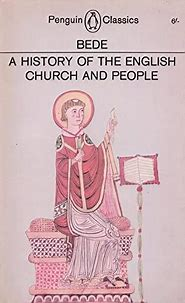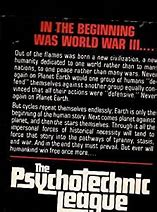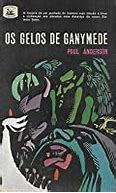I like the idea that Poul Anderson's "Marius" and "Brake," written within two months of each other, are bookends of the first section of his Psychotechnic History. See
"Marius" And "Brake" and
"Brake." The second section is bookended by "Gypsy," which introduces the Nomads, and
The Peregrine, a novel about the Nomads. Sandra Miesel's Chronology lists three titles after
The Peregrine. These works are either a third section or not a section of this future history series, depending on the reader's point of view.
Somewhere back in a combox on this blog, it was suggested that the first two stories in the second section, "Gypsy" and "Star Ship," should change places, the idea being that "Gypsy" refers to faster than light (FTL) space travel whereas "Star Ship" refers to STL and therefore is set earlier.
"Star Ship" is about human beings who have been stranded on an extra-solar planet for two generations. Thus, it was possible that they had travelled there by STL but that FTL had been invented while they were there. However, "Star Ship" does make clear that the vehicle in question was FTL:
"The Star Ship - faster than light... Whoever controlled that ship could get to Galactic stars in a matter of weeks."
-Poul Anderson, "Star Ship" IN Anderson, The Complete Psychotechnic League, Volume 2 (Riverdale, NY, February 2018), pp. 273-306 AT p. 285.
The issue of beginnings and endings is more complicated in the case of Anderson's second future history series, the Technic History. For nine years, this series began with "Wings of Victory" (1972) but then acquired an instalment set earlier, "The Saturn Game" (1981). Thus, The Earth Book of Stormgate begins with "Wings of Victory" whereas The Technic Civilization Saga, Volume I, begins with "The Saturn Game," followed by the Earth Book Introduction, then by "Wings of Victory."
The Polesotechnic League is introduced in the contemporaneous stories, "Margin of Profit" (1956) and "How To Be Ethnic In One Easy Lesson," (1974) and last seen in Mirkheim (1977) but the entire pre-Flandry section of the series, beginning with "The Saturn Game," ends with The People Of The Wind (1973). The Captain Flandry series begins with "Tiger by the Tail" (1951) but the Young Flandry Trilogy, set earlier, begins with Ensign Flandry (1966). The Flandry period ends with The Game of Glory (1985) and the entire Technic History ends with "Starfog." (1967)
In terms of published volumes, the Technic History originally started with the Nicholas van Rijn collection, Trader To The Stars, even though this volume did not include the first van Rijn story, "Margin of Profit." In fact, ten instalments precede the first story in Trader To The Stars, "Hiding Place." (1961)













